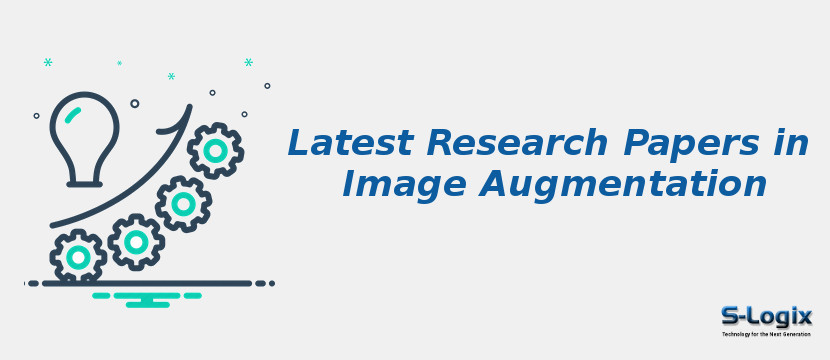Image augmentation is a core research area in computer vision that focuses on improving deep learning model performance, robustness, and generalization by artificially enlarging and diversifying training datasets. Traditional augmentation methods include geometric transformations (rotation, scaling, flipping, cropping, translation), photometric modifications (color jittering, brightness/contrast adjustment, blurring), and noise injection. More advanced research explores task-specific strategies like cutout, mixup, and cutmix, as well as domain-adaptive augmentation techniques for handling data imbalance and distribution shifts. Recent breakthroughs leverage automated augmentation policies such as AutoAugment, RandAugment, and Population Based Augmentation (PBA), where reinforcement learning or search algorithms optimize augmentation pipelines. Generative approaches using GANs, VAEs, and diffusion models are also employed to synthesize realistic images for training in data-scarce domains. Applications span image classification, object detection, segmentation, medical imaging, remote sensing, biometric recognition, and adversarial robustness, where augmentation helps overcome limited labeled data and reduce overfitting. Current research emphasizes efficiency, realism, and domain adaptation in augmentation pipelines, positioning image augmentation as a crucial enabler of high-performance computer vision systems.
